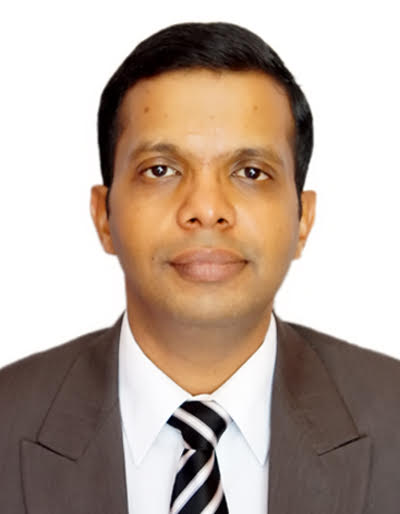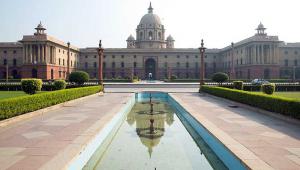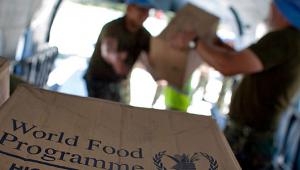In his plenary session at the World Economic Forum summit at Davos 2018, Indian prime minister Narendra Modi emphasised the fact his government is going beyond the usual ‘Ease of Doing Business’ to henceforth focus on improving the ‘Ease of Living’ for the common man.
With that latter term now being seen as the latest slogan for better governance.
Personally, I couldn’t have been happier as I myself originally proposed this innovative concept first in 2015 to a policy think-tank related to the ruling party and then in April 2017, in a series of tweets to the prime minister.
I had outlined my concept in brief and requested him to consider the suggestion of moving beyond ‘EODB’ to ‘EOL’ and preparing an EOL index, which would show what various government services delivered to the ‘common man’, such as access to basic facilities like healthcare, education, clean water, sanitation, and electricity.
In short, the idea was it would monitor the economic, social and physical well-being of the ‘common man’.
Using random sample survey techniques, one could measure a baseline and then monitor the improvement in ‘Ease of Living’ at the ‘bottom-tier’.
It shall would also point out shortcomings in various schemes or regions where the desired impact was not being achieved.
Over a period of time with regular data collection, monitoring and feedback the EOL index would concentrate on improvements and deficiencies at the ‘bottom tier’.
Union Budget 2018 is the first major policy document announced after the session at Davos, which has brought the policy focus on the unserved, underserved yet most deserving majority population reeling at bottom or even lower middle tier of the economy.
Coming after the twin shocks of demonetisation and GST [GST is one indirect tax, which is aimed at India becoming one unified common market] and in wake of general elections in 2019, one could have expected the Indian government to be generous to the poor, middle and rich classes alike, without worrying about the dynamics of the fiscal prudence.
None of that actually happened.
Launching the world’s largest government health assurance scheme, the government has signalled its intent of providing a social security net to its citizens, something which as missing all this while.
The health protection scheme aims to insure the poor population for up to 500,000 rupees (roughly $8000) per family a year for almost 500 million citizens, a mind-boggling number by any standards.
This is an audacious attempt, one which shall require major financial commitment from the public sector, tapping of private sector for financial as well infrastructural needs and a well drafted, fraud proof implementation strategy.
This is an audacious attempt, one which shall require major financial commitment from the public sector, tapping of private sector for financial as well infrastructural needs and a well drafted, fraud proof implementation strategy.
Responding to the agrarian crisis, the minimum support price [market intervention by the government to protect agricultural producers in India from sharp price fallls] for crops across the board has been hiked to 50% over the production costs; a long-standing recommendation.
Besides investing in the irrigation potential, affordable housing for the marginal sections, construction of toilets, provision of electricity to all households, bringing fibre-optic broadband to all the villages, and supply of cooking gas to millions of households, are all the measures which will not only improve the disposable income of the poor and thereby lifting the consumer demand but also makes the life easier for millions by serving the huge unmet needs.
Plugging the revenue losses, the budget has re-introduced long term capital gains on sale of equities, which was yielding almost $60bn n tax free profits mostly to wealthy and big investors.
Simultaneously, the corporate tax rate has been reduced to 25% from 30% for the Ministry of Micro Small and Medium Enterprises, covering 99% of the firms.
Senior citizens have also been given multiple reliefs in their tax spending. Amongst all this conundrum, one could almost feel sorry for the most compliant salaried middle-class population that has born the maximum brunt yet felt left out from being given any relief in taxes. A meagre standard deduction was more than taken away by increase in tax to fund the health scheme.
Overall, I would infer that the budget is reformist, citizen friendly and a sharp focus on improving ‘Ease of Living’ shall be the biggest game changer in medium to long term.
Turning the whole policy framework upside down, it shall align the misplaced priorities towards greater good and shall serve as a template for all nations to follow.
Victor Hugo once remarked that ‘No force on earth can stop an idea whose time has come’. And It is time for the governments across the globe to work towards making the lives of billions at bottom tier worth living.














